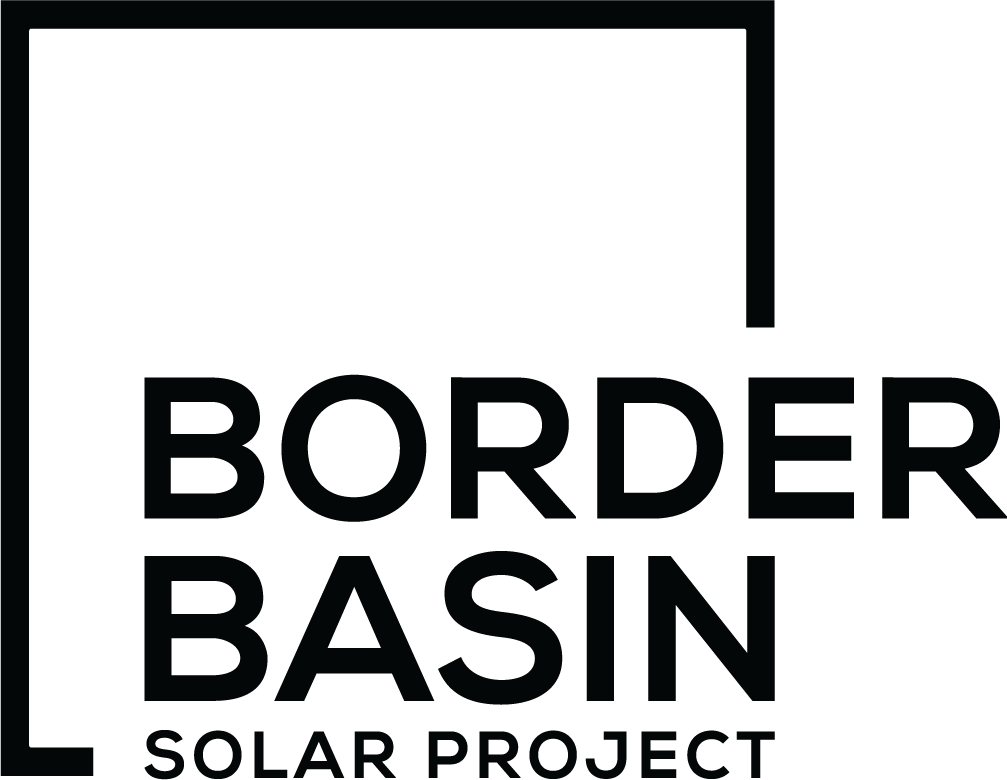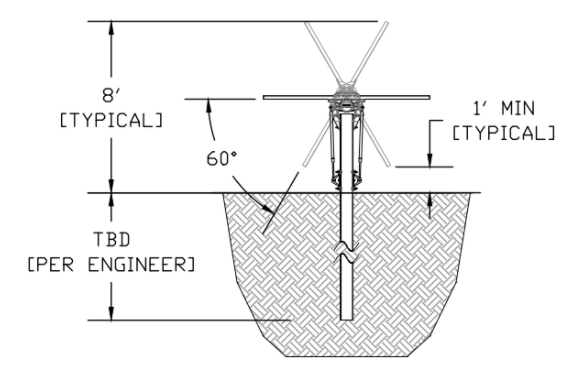What are the land use impacts of Utility-Scale solar?
Solar projects are very low impact relative to other forms of utility-scale power generation:
Solar projects do not require transportation of physical or liquid fuels,
Solar projects do not require storage or disposal of physical or liquid fuels,
Solar projects have no on-site combustion or emissions,
Solar projects do not utilize water or emit point-source pollutants into waterways,
Solar projects do not permanently or substantially alter soils, drainage or native fauna.
Infrastructure
“Ground-mounted” solar projects use steel posts (or “piers”) that are driven or screwed into the ground. Projects can generally avoid or minimize the need for any concrete footings. A more permanent concrete pad will be utilized for the project substation. Other infrastructure for the project includes overhead and trenched collection cables and fencing around the perimeter.
Low-impact infrastructure means that upon decommissioning the solar site can be very easily converted to its pre-solar land use. Project and equipment lifecycles are 30-40 years.
Rendering of racking installation for “tracking” arrays.
Environmental
The racking and solar panel structures accommodate revegetation beneath the arrays for low-lying, deep-rooted plants, grasses, and flowers that can help regenerate soil conditions. In addition, these plantings can support honey bees, butterflies, hummingbirds, and other local pollinators.
Drainage and Erosion
Solar farms do not increase runoff and will improve soil and water quality. As part of its extensive permit analysis, OPSB reviews detailed civil engineering and stormwater management plans. These plans are prepared by professional engineers to prevent erosion and/or flooding. Native plants are grown under the solar arrays to help absorb runoff and recharge groundwater.

